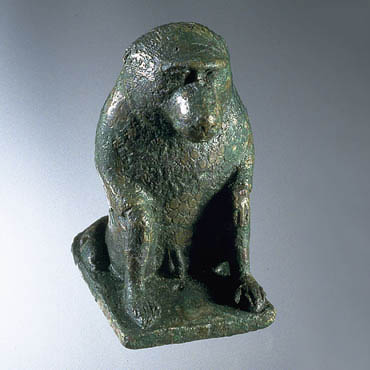3. Distant lands

The intense exchange between the people of Pompeii and people of distant countries is evidenced - more so than by the recurring depictions of exotic animals, plants and, more generally, of exotic lands - by the numerous artifacts found, some of which are decidedly peculiar. Indeed, along with shells - perhaps the most common souvenir from travels to faraway lands - and precious gems, we also find a macaque skeleton. Trade with distant countries took place along sea and land routes: the ancient Via Egnazia, for example, stretched from Brindisi all the way to Constantinople.
Various maps show us that in the first century AD, the world known by the Romans comprised vast areas of the Mediterranean, Europe, and parts of Asia. Important roads connected Rome to territories in Northern Europe and Asia, and familiarity with sea routes permitted the Romans to set sail from an Italian port such as Ostia and arrive at other ports throughout the Mediterranean and the Black Sea.
The Italian peninsula, subdivided into regions and provinces, represented the centre of the known world. It was traversed by a network of roads which spread out from Rome, emphasising the centrality of the capital with regard to its colonies.


